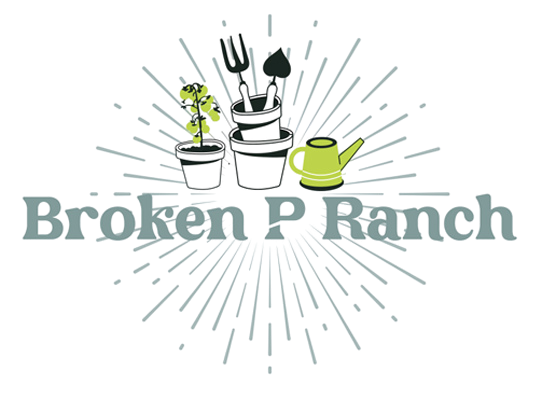Victory Garden – Is it Needed Now?

Spoiler: Yes. But maybe not for the reasons you think.
If you’ve ever flipped through a history book or scrolled past a sepia-toned photo of Grandma in overalls holding a basket of beets, you’ve probably seen a Victory Garden. Back in the day, they weren’t some cute cottagecore trend. They were a survival strategy. During World Wars I and II, people turned every patch of soil—backyards, front yards, school yards—into food-growing machines.
So here we are, years later. No global war draft in our mailbox (thankfully), but inflation is real, supply chains are wobbly, and let’s be honest—we’ve all seen at least one empty shelf in the grocery store this year. Which begs the question: Do we still need Victory Gardens?
Short answer: absolutely. Long answer: yes, and maybe now more than ever.
What Was a Victory Garden, Exactly?
During the world wars, the government encouraged citizens to grow their own food to reduce pressure on the public food supply. It wasn’t just a fun suggestion—it was a national movement. More than 20 million Victory Gardens popped up in the U.S. during WWII. Lawns were turned into lettuce beds. City rooftops grew cabbages. People swapped recipes for turnip casserole and made dandelion salad a thing.
The result? By 1944, Victory Gardens were producing nearly 40% of all vegetables consumed in America.
Why the Idea Still Matters Today
We’re not in a world war (thank goodness), but we’re facing a different kind of battle: rising grocery prices, global instability, food deserts in urban areas, climate uncertainty, and a general sense that convenience is no longer as reliable as it once was.
Here’s why the Victory Garden idea deserves a comeback:
1. Grocery Prices Are Climbing
Have you seen the cost of bell peppers lately? Or organic eggs? Growing even just a portion of your family’s produce can shave serious dollars off your grocery bill.
Lettuce, herbs, tomatoes, zucchini, and beans are high-yield and easy to grow. You don’t need to grow everything. Even a few containers can make a difference.
2. Food Systems Are Fragile
We learned this the hard way during the pandemic. One clog in the supply chain and suddenly flour was sold out everywhere. A few bad weather seasons, a shortage of fertilizer, or international trade disruptions can send ripple effects through your local grocery store.
When you grow your own food, even just a small amount, you’re giving your household a backup plan.
3. It Reconnects You with Real Food
When you grow a tomato from seed, you treat it differently on your plate. You start to think about where your food comes from, how long it takes, and how much we normally take it for granted.
A garden teaches respect, patience, and appreciation. All good things.
4. It’s Empowering
There’s something quietly revolutionary about eating food you grew with your own two hands. It doesn’t matter if it’s one basil plant on your windowsill or a full-blown backyard garden. It’s proof that you can take care of yourself in small, tangible ways.
Modern Victory Gardens Look Different—and That’s Okay
Back in the 1940s, people were growing mostly potatoes, cabbages, and beets. Today? Your garden might include heirloom tomatoes, kale, rainbow chard, and even edible flowers. You might grow vertically on a patio, use raised beds, or plant into straw bales. Maybe you’re hydroponic in a basement or have a community plot down the street.
Modern Victory Gardens are about resilience, not rigidity.
It’s not about copying the past exactly. It’s about applying the mindset today. Grow what you can, where you can, with what you have.
But… What If I’m Not “A Gardener”?
Good news: nobody starts out as one. Nobody is born knowing how deep to plant a carrot or how to rotate crops. Gardening is one of those learn-as-you-go things, and mistakes are part of the deal.
Start small:
- A few pots of herbs on the porch
- A raised bed with lettuce and radishes
- Strawberries in a hanging basket
You don’t need a full homestead. You just need to start.
It’s About More Than Just Food
This might sound a little woo-woo, but growing your own food isn’t just practical—it’s emotional. It’s grounding. In a world that moves fast, where algorithms decide what we see and convenience rules everything, gardening brings you back to your senses.
Final Thoughts
So, do we need Victory Gardens now?

Leave a Reply